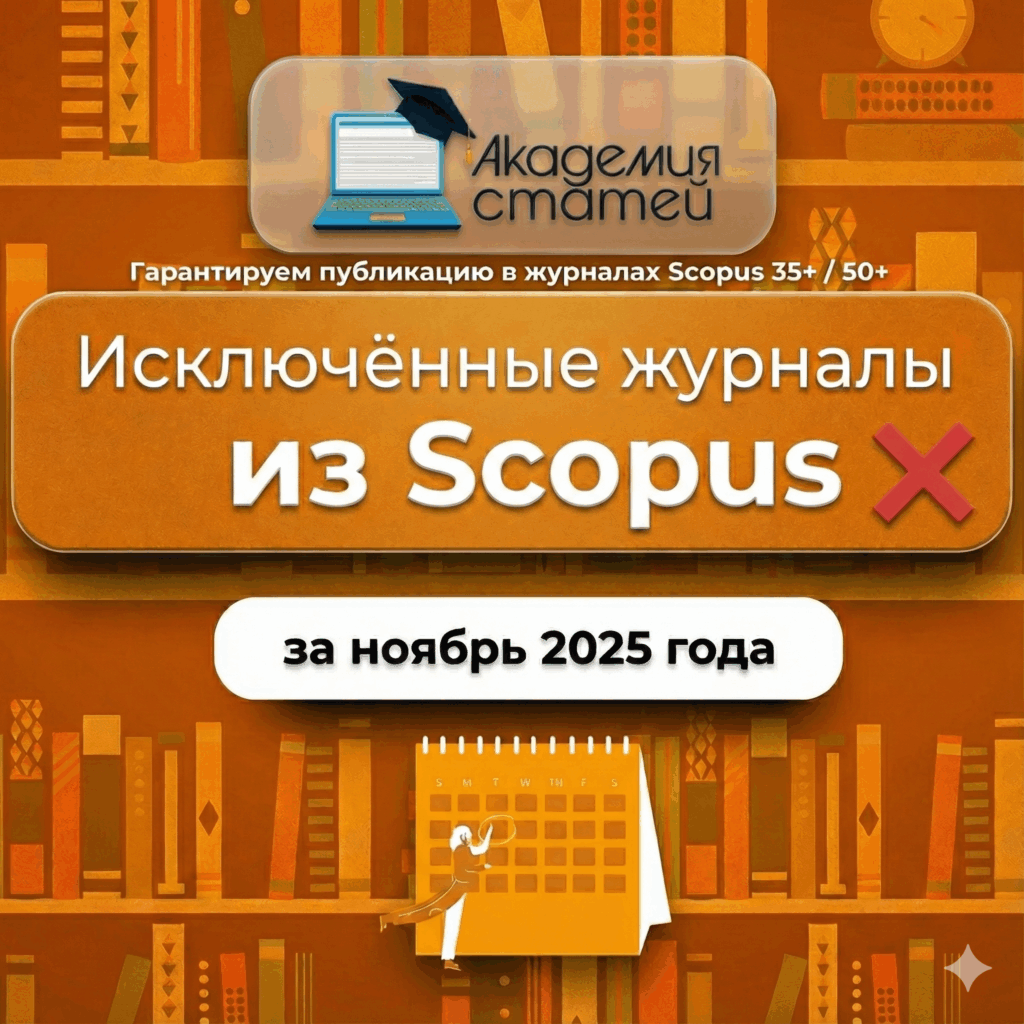If you've already decided which journal to publish your scientific article in, the first step is to clarify the technical specifications and style requirements of the resource. This information can be found on the online publication's website. Any article containing errors or not following the style requirements will be returned to the author for revision. This will delay the publication and indexing of the article in the journal.
There are different types of citations used in scientific articles:
- Direct – a verbatim quotation of an excerpt from another author’s publication (placed in quotation marks).
- Mutual – the publication provides links to the works of fellow scientists.
- Covert – the use of an idea in one's work without attributing the author, but the original source is identified by the chain of citations. This is used when the improved version of the idea is better than the original.
- A retelling is a brief presentation of the essence of research, development, or concept with references to the source(s) of information.
- Summarizing is the integration of other people's materials and sources into your own scientific work.
- Quoting from other sources is used when access to the original source is lost, the text is written in a complex language, or based on the author's notes or eyewitness recollections.
- Self-citation – citing one’s own scientific articles.
As for citation styles, there are 20 in total. Each field of science has its own citation style. Medicine uses Vancouver Style, biology and agriculture use Council of Biology Editors (CBE), the humanities use MLA (Modern Language Association), chemistry and physics use ACS (American Chemical Society), psychology and social sciences use APA (American Psychological Association), and so on.
Using the example of the international MLA style, used for formatting scientific publications in the humanities, we will consider the general provisions:
- The article is printed on 8.5″ x 11″ paper.
- Articles use double spacing and an easy-to-read font, such as Times New Roman at 12 pt.
- After punctuation marks, only 1 space is placed.
- The top and bottom margins are 1″.
- The red line should be 0.5″ from the left side.
- Instead of a 5-fold space, the Tab key is used.
- The page is numbered in the upper right corner.
- To highlight important points and fragments of an article, use italics.
- Notes and explanations (if any) are printed on a separate sheet under the heading "Note", which is located in the middle of the page.
By following MLA guidelines, you will never be accused of plagiarism.





